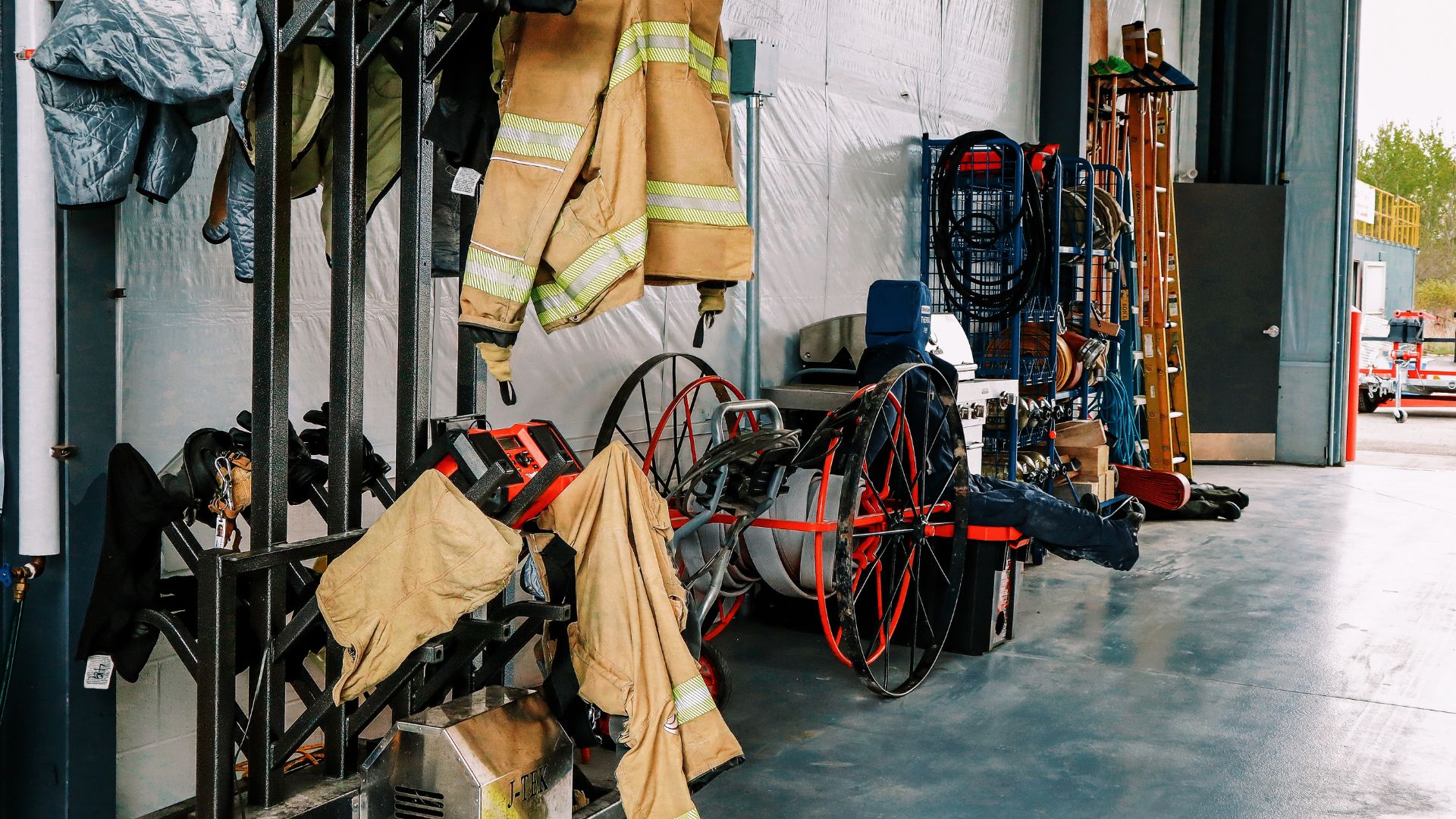Fire prevention officials encourage wildfire preparedness

BUFFALO — A diorama on display at Wyoming State Forestry’s annual landowner field day on June 27 could have been mistaken for a dollhouse.
Up close, however, it is a clear illustration of how property owners can keep their homes safe in a wildfire.
One side of the model, labeled “good,” has green, watered grass, a tree planted far away from the house and gravel between the home and grass. On the “not so good” side sits a propane tank with dried vegetation beneath it, a large pine tree whose needles touch the side of the house, wood chips lining the front porch and dead material in a window box.
The model visualizes defensible space, which is the buffer between a building and the surrounding landscape that should be managed to reduce wildfire risk.
More than 50 attendees at landowner field day heard from state and federal wildfire managers about how to mitigate fire risk on their forested properties and how to prepare for a potential evacuation. The event was hosted on private forested property in the Bighorn Mountains off of Hazelton Road.
The conversation is especially relevant in the aftermath of last year’s Elk fire that burned nearly 100,000 forested acres of land in and around the Bighorn National Forest in Sheridan County. Fire management officials also noted that they plan to update communications about defensible space to include properties situated on grasslands, which saw ample fire activity last summer, including the 174,000 acre House Draw fire in Johnson County last summer.
Joel Thomas, U.S. Forest Service fire prevention officer based in Greybull, told attendees that the best way to save their home during a wildfire is to keep fire as close to the ground as possible. That means managing their properties to avoid crown fires, where flames reach treetops.
“When people think of homes burning down, they think of a wall of flames coming across the mountain, and that’s just not the case,” Thomas said. “The majority of homes, over 90% lost in a wildfire, come from an ember shower which can be miles away. I’ve seen pinecones the size of my fist picked up and thrown a mile and a half, and they land and they’re still on fire.”
The National Fire Protection Association, on its website, breaks defensible space into three zones.
A home and the space closest to it, between 0 and 5 feet, should have a roof and gutters cleared of dead leaves, debris and pine needles that could catch embers. Flammable materials – plants, leaves and needles, firewood piles and anything else that can burn, should be moved away from the walls and nothing flammable should sit underneath decks or porches.
In the zone between 5 and 30 feet from a home, vegetation should be clear from underneath large stationary propane tanks and other fuel sources. Lawns should be maintained and vegetation should be removed from underneath trees so fire cannot reach the crowns. Tree canopies should also be at least 10 feet away from a house, and trees should be spaced so flames can’t jump from tree to tree.
To interrupt a wildfire path and to keep flames closer to the ground, 30 to 100 feet from structures, there should be no heavy accumulations of ground litter and debris, and dead plant and tree material should be removed.
The NFPA also advises homeowners to remove vegetation adjacent to storage sheds and other outbuildings.
More information is available on the organization’s website.
What to do in an emergency
Officials also discussed evacuation protocols in the event of a wildfire.
Jacob McCarthy, Wyoming State Forestry District 5 forester, said that the county, and most of the state of Wyoming, now uses the “Ready, Set, Go” wildfire action plan.
The ready phase is the first phase of a situation, during which people who could potentially be affected should have a bag packed with medications, passports and other important documents and valuables and prepare to potentially leave their home. That could include placing a metal ladder against the roof or laying out hose lines for firefighters. McCarthy noted that it’s a good idea to know where your valuables are at all times and to always be relatively ready in case of an emergency.
During the set phase, people should start seriously preparing to leave.
Matt Weakland, the Bighorn National Forest’s Powder River District fire management officer, told attendees that people should make arrangements for livestock and pets at this stage. And people who are more vulnerable, whether they’re older or have medical issues, should potentially start to slowly evacuate and find a different arrangement.
“When we do see those ‘go’ situations, regardless of how much planning and time there has been, it’s always chaotic and roads are congested,” Weakland said.
“Go” means, of course, it’s time to go to a predetermined location.
Jimmy Cataline, Johnson County’s emergency management coordinator, said in an interview that “Ready, Set, Go” became the standard evacuation protocol across most of the state after the Elk fire. Sheridan County used the program and found it effective, he said.
“I had a conversation with Sheriff (Rod) Odenbach and we agreed for consistency – because people were getting information from Sheridan and seeing what they were doing – we decided it was best to keep up the continuity,” Cataline said.
The county has also recently updated its emergency alert system. Previously, it used CodeRED, which issued evacuation notices. Now, the county will use Everbridge.
Residents signed up previously with CodeRED will be signed up for Everbridge. Nearly half of Wyoming counties use the program, including nearby Sheridan and Campbell counties, Cataline said.
Residents can sign up for alerts by visiting the county website and clicking the “mass alerts” tab.
This story was published on July 3, 2025.








